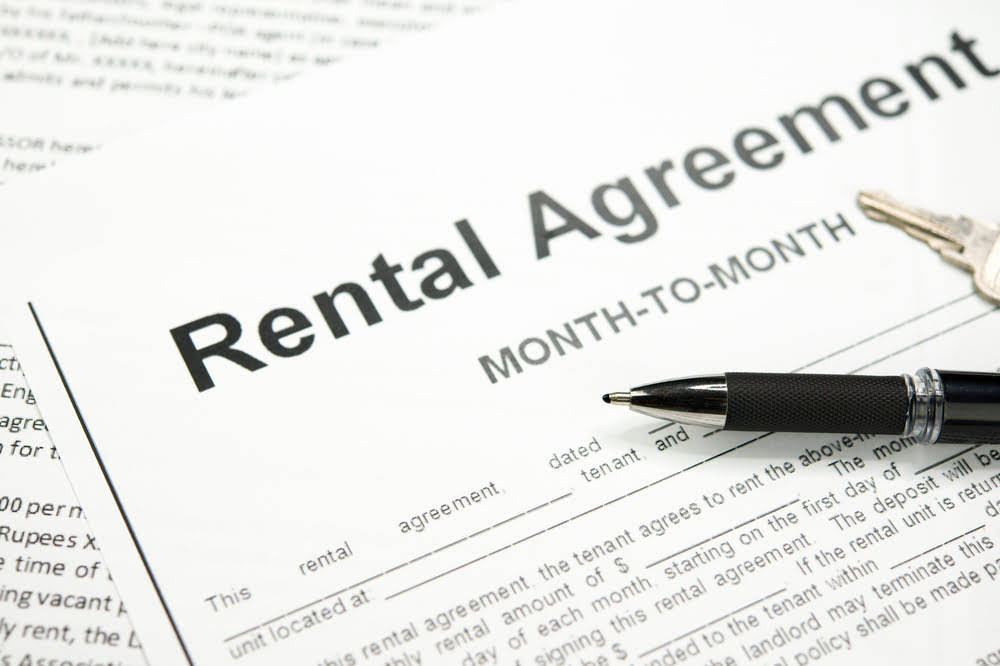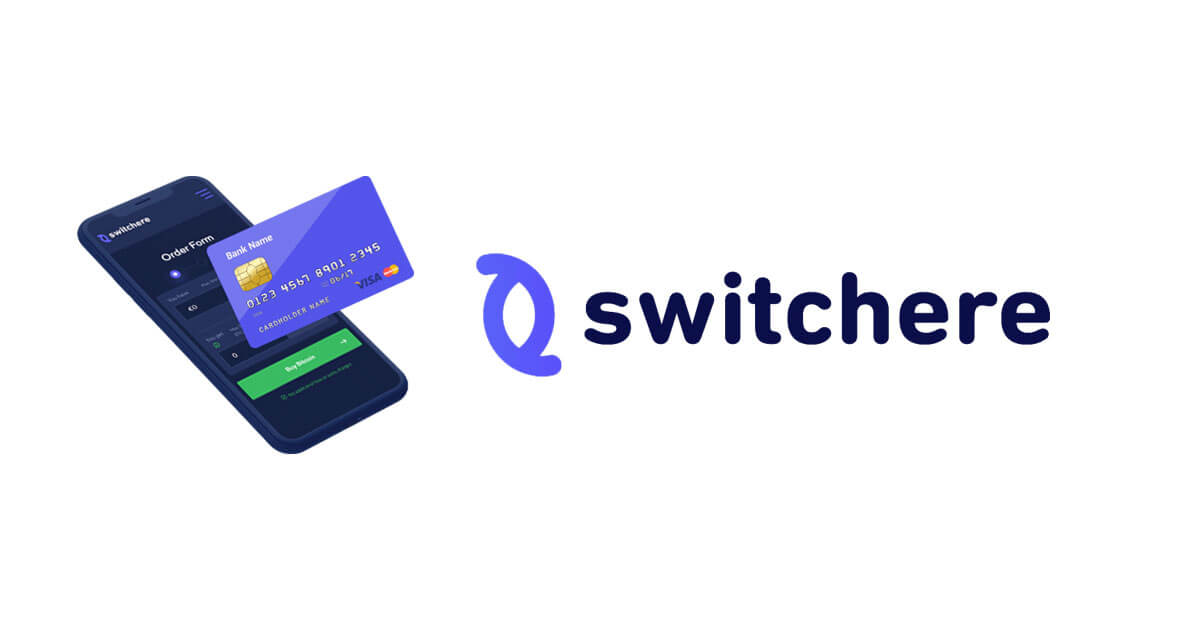
To make sure all invoices are sealed, accurate, completed in a timely manner, and to make sure everything is paid. This ensures that purchase orders, payments, project tracking can be properly documented. When this process is done correctly, you will be able to have constant access to see the accurate liability of your company at any given time.
- Invoices should clearly outline the goods or services provided, along with any applicable fees or taxes.
- We can set up the financial portion of your office, integrate your systems, run your payroll, prepare your taxes and offer assistance with financial planning along the way.
- The industry business model is unique, the bookkeeping duties are strenuous, and the stakes are particularly high with clients’ money on the line.
- Not only does healthy bookkeeping help you estimate the current health of your interior design business, but it also lets you see patterns and make comparisons with previous years by looking back.
- “Designers should review open POs regularly to be sure that the POs for completed items are properly closed.
- One of the first steps in mastering bookkeeping as an interior designer is setting up a chart of accounts.
- Accurately tracking your income and expenses is crucial for maintaining a clear picture of your financial health as an interior designer.
This can be a cost-effective option, especially for smaller businesses that don’t have the resources to hire a full-time bookkeeper. Make sure to do your due diligence and choose a provider that has a proven track record and positive reviews from other clients. As an interior designer, understanding the tax implications of your business is crucial for staying compliant and minimizing your tax liability. By familiarizing yourself with the tax considerations specific to your industry, you can ensure that you are taking advantage of any available deductions and credits while avoiding any potential penalties or audits. When it comes to tracking income, make sure to record all sources of revenue, including design fees, product sales, and any other income streams.
Get Your First Month of Bookkeeping for FREE!
Another benefit of tracking your time is that you can find out how many hours of labor have gone into a specific task. This helps you make the most of your time and human resources, and avoid overruns. Business expenses can be written off, which means that they lower your taxable income when it’s time to pay the government. So, if you earned $60,000 but you spent $10,000 on an office and work supplies, your real taxable income is only $50,000. It’s easy to forget about the coffee that you bought one morning on your way to work or the 50 miles that you drove to a client site.

While the allure of artistic pursuits might overshadow the practicality of numbers, understanding the financial pulse is indispensable. Proper accounting doesn’t merely crunch numbers; it illuminates the path toward informed decisions, enabling the creative spirit to flourish. With our step-by-step instructions and expert tips, you will learn how to create a system that not only keeps your financial records in order but also provides valuable insights into the health of your business. Gain clarity on cash flow, monitor project costs, and stay on top of your taxes with ease.
Managing client invoices and payments
Tracking both billable and non-billable project hours according to your available time will allow you to find out the real cost of a project, estimate its profitability, and you can raise your billing. Some examples of non-billable tasks in an interior design project include doing research, talking with the client, and brainstorming. Although these tasks are non-billable, you have to do them during a managed time to turn them into profitability. When you fill your days creating beautiful designs, talking textiles, and communicating with clients, balancing the books may be last on your list. As an interior designer your business runs on having cash in all the right places so you can buy and style spaces to match your clients’ dreams.
By leveraging interior design accounting software, you can streamline your financial processes and gain valuable insights into your business’s performance. With the right approach to interior design bookkeeping, you can effectively manage recoverable expenses and optimize your business’s financial resources. Mastering the art of bookkeeping is essential for interior designers who want to run a successful and profitable business.
Attention, California’s Interior Designers! Unlock the Secrets of Sales Tax with Insights Straight from CDTFA! 🌟
You spend your time ensuring that your clients achieve stunning spaces and have a simple, streamlined experience. On the back end though, your books can easily end up cluttered and difficult to manage – definitely NOT the motif you were going for. Tax legislations, regulatory shifts, and evolving industry benchmarks can significantly impact an interior design business. By consistently updating one’s knowledge and adapting bookkeeping methods in response, designers can ensure compliance, optimize financial operations, and navigate potential challenges with greater confidence. For an interior design business to thrive financially, delineating expenses into well-defined categories is crucial.
Business of Home – Business of Home
Business of Home.
Posted: Wed, 20 Sep 2023 07:00:00 GMT [source]
It is critical to allocate time to projects and clients that are most valuable. You should be cautious to manage your time between billable and non-billable tasks wisely and prioritize the tasks that are more important to your business. If you track your time properly, you will be able to use historical data to correctly estimate how much a design project will cost. For every design project, it’s essential to establish a well-defined budget from the outset.
By organizing your financial records, tracking income and expenses, managing client invoices, and staying on top of tax considerations, you can gain valuable insights into the health of your business and make informed decisions. To maintain a meticulous tab on your financial activities, it’s beneficial to utilize project management systems. These systems can assist in tracking project expenses, monitoring project timelines, and generating comprehensive reports. By leveraging technology, you can streamline your accounting processes and gain valuable insights into your business’s financial health.







